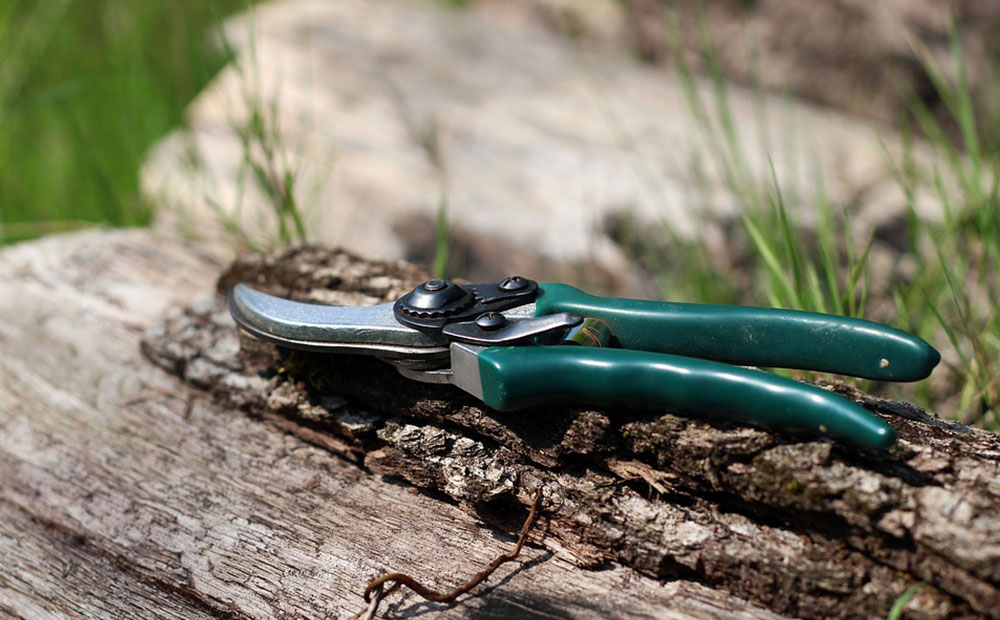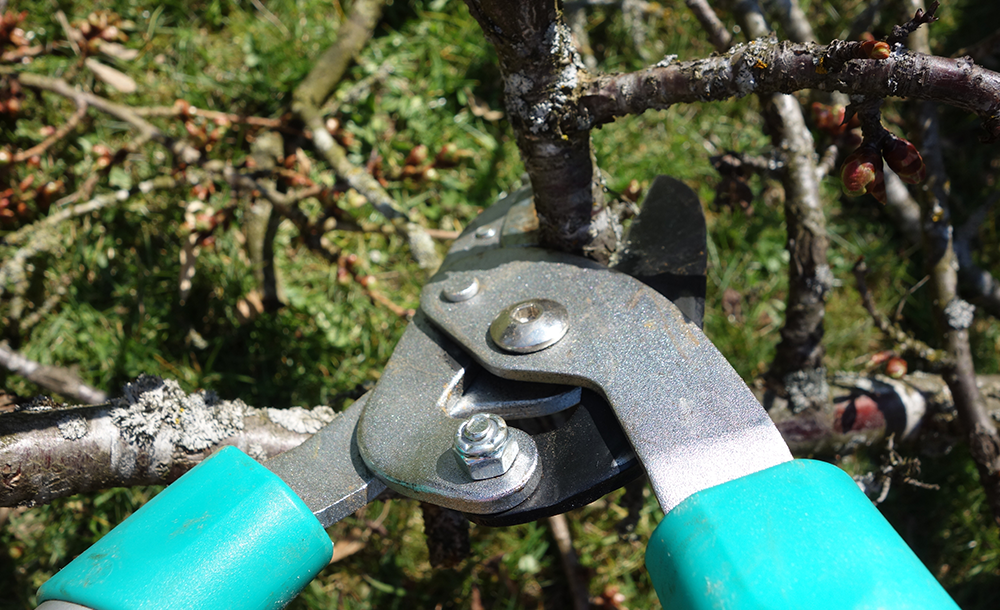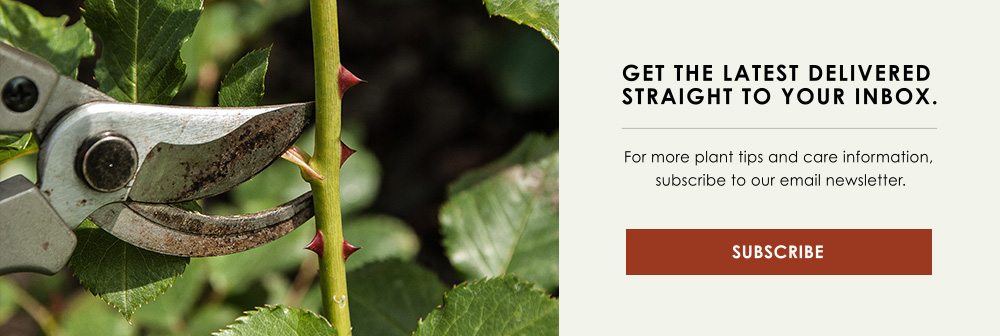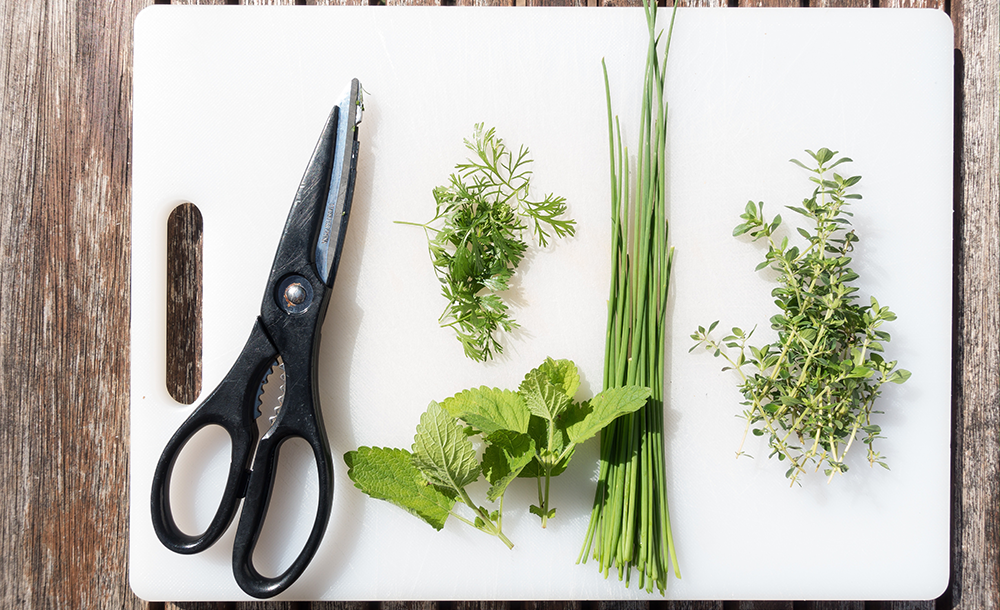HOW TO PRUNE
At first glance, the whole idea of pruning can seem a little extreme or even just backwards. We put effort and love into growing our plants and can be a bit reluctant to start snipping and cutting away perfectly good parts of them. It can be tough to take the first slice, but once you’ve seen the health and beauty benefits of pruning first hand, you’ll be more enthusiastic about picking up the shears.
WHY PRUNING IS ESSENTIAL
Pruning/www.dammannsgardenco.com/blog/winter-pruning-101 is an important step in your yard for its ability to help shape and beautify your plants, while encouraging healthy growth. It works a few different ways to help keep your plants looking and growing their best:
In younger plants, it allows you to intervene and shape the plants as they mature. You can also prune to discourage growth in certain directions, setting the tone that your plant will follow for the rest of its life. In older plants, pruning often focuses more on maintenance - keeping everything tidy, as well as preventing potential safety issues, like stray branches tangling with your home or interfering with walkways.
Pruning plants of all ages also gives you the chance to “deadhead” your plants, cleaning up dead, damaged, or diseased parts and offering spots for new and healthy growth instead!
YOUR PRUNING GUIDE
The idea behind pruning is simple and holds true across most of your garden, but when it comes to picking up the shears and getting started, there are a few different approaches to keep in mind.
Start with the right tools. For pruning back big branches and thick stems, you’ll want to be reaching for appropriately-sized shears that can handle a bigger job. For flowers and more delicate stems, a pair of sturdy and sharp scissors will usually do, and are easier to handle.
For safety, plant health, and keeping the job easy on you, make sure that your tools - no matter the size - are sharp and in good working condition before you get started. Also remember to disinfect your tools between uses so that you can avoid potentially spreading bacteria and diseases between plants.
HOW TO PRUNE SHRUBS AND BUSHES
The focus of pruning back bushes, like roses, lilacs, or rhododendrons, is to keep their shape by pruning stray branches. Start with the lower branches first, keeping in mind that these are notorious tripping hazards and will need to be cut back a bit. To prune off dead flowers and branches most effectively, cut into the live branch at a 45° angle.
HOW TO PRUNE HERBS
Even if your herbs are kept indoors all year, they will still benefit from some regular pruning. Prune basil plants by trimming away dead leaves, branches, and blossoms. Tender herbs, like basil, should be trimmed from the top of the plant right after they blossom, cutting where the leaf and stem join. Woodier herbs, like rosemary and lavender, should be trimmed on their green stems about an inch above their “woody” stems to encourage more new growth.
While taking bits to cook with is a great way to prune, never take off more than ⅓ of your herb plants at a time.
HOW TO PRUNE FRUIT TREES
Pruning fruit trees focuses first on the “3 D’s” - diseased, damaged, and dead branches. These are the priority for keeping happy, healthy, and fruit-producing trees. The next priority focuses on removing “suckers” near the base of the plant. Once these important jobs have been taken care of, pruning your fruit tree focuses on letting more air circulate into the canopy.
Thin out the branches of your tree until each main branch has about 6-12 inches of room between itself and the next branch. There’s lots of ways to go about this, but try to focus your pruning on growth that looks like it might collide with other branches in the future, trimming them back first. Cutting back awkward branches that get in the way is a good way to encourage air circulation while making harvesting fruit a lot simpler, as well. Also, trimming away higher up branches encourages lower parts of the tree to become more productive, meaning that you grow more fruit - and within arm’s reach, too.
Pruning is an essential skill in the garden that often gets ignored due to its intimidating nature. Once you know how to go about it and what to look for, though, pruning is simple and can help you not only manage your garden, but also get it looking healthier. Once you’ve gotten started you can use pruning as a tool to help shape your home and garden into exactly what you imagine it can be. Don’t be afraid to ask for advice pruning new plants or those you’re unsure of, and always keep safety in mind when tackling big projects, just in case!






